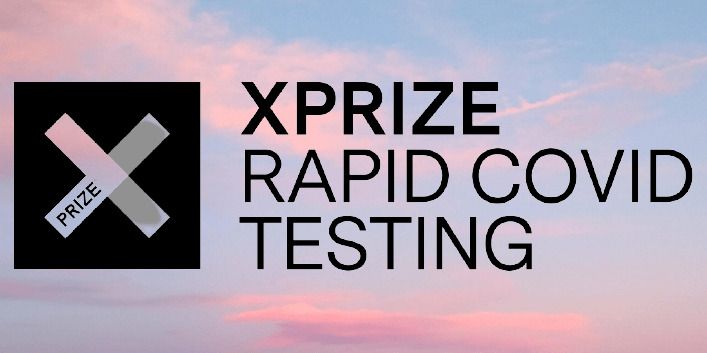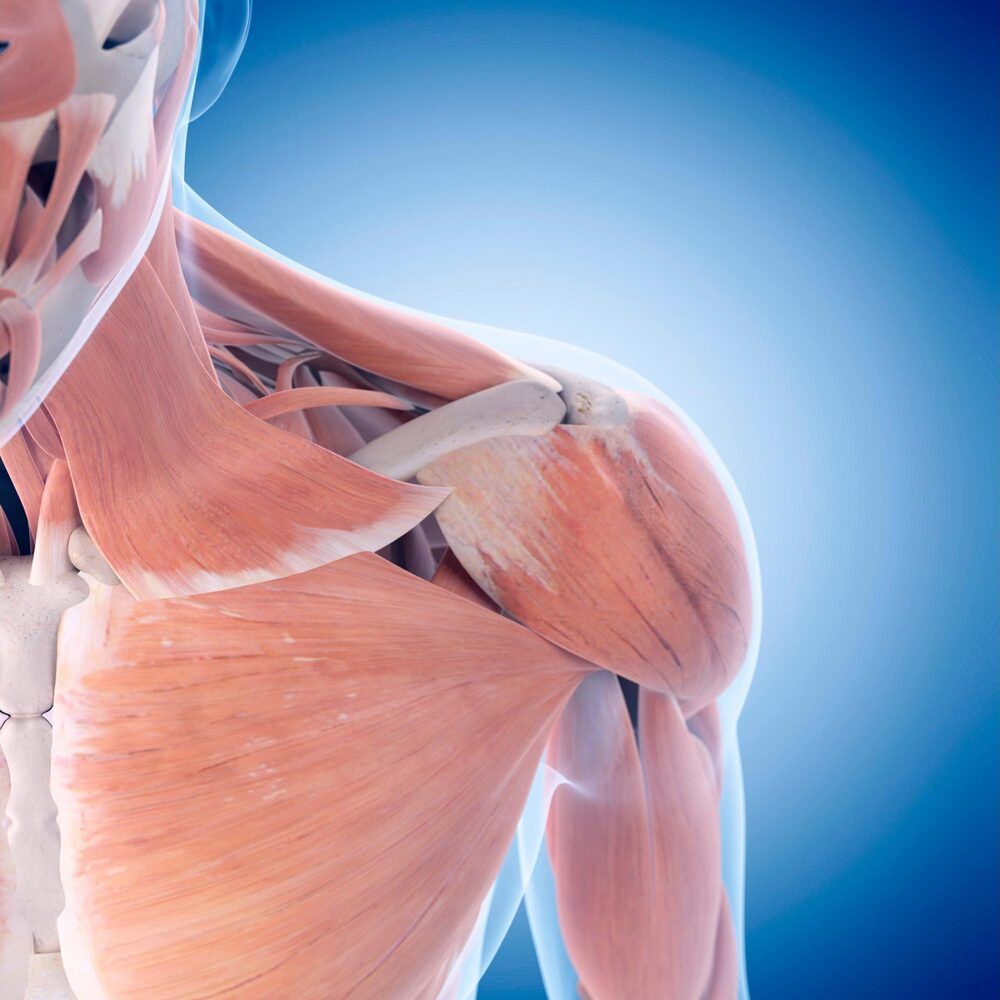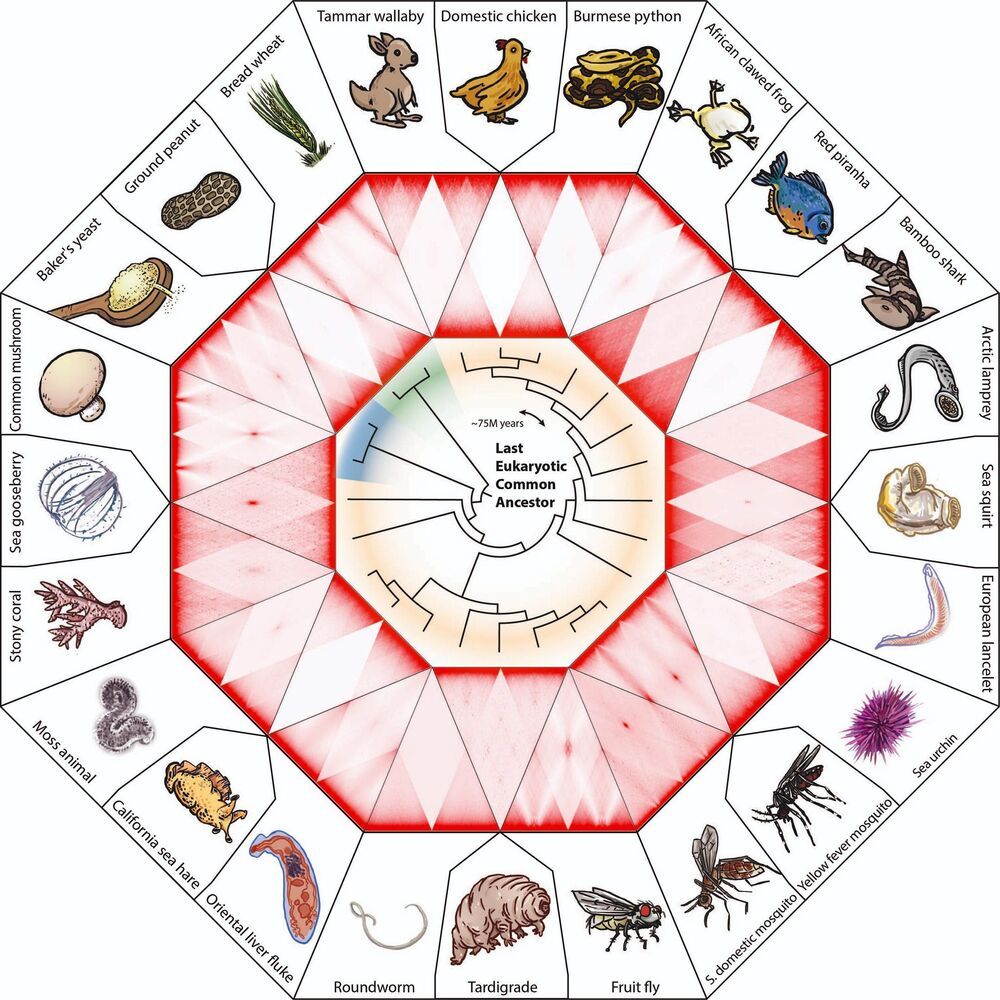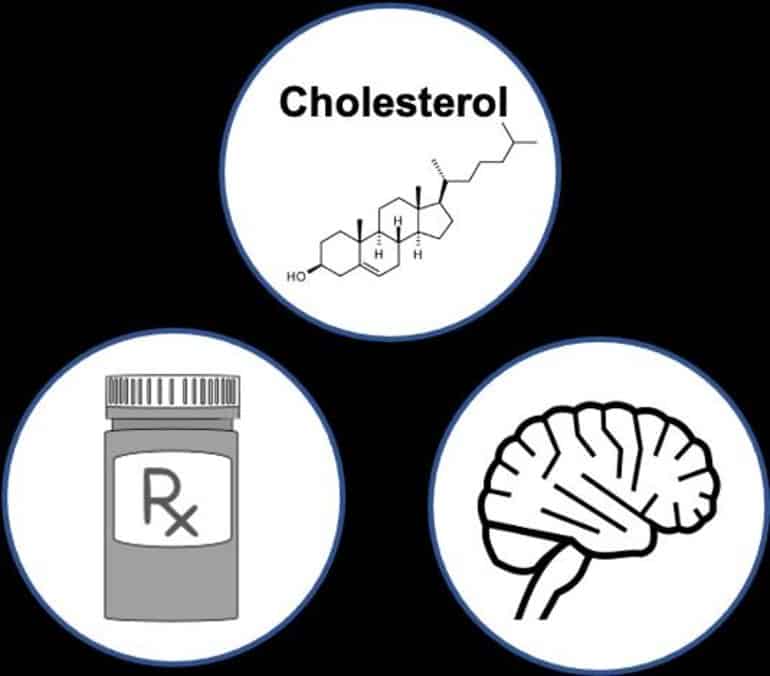An XPRIZE Rapid COVID test from U smell it honored Scratch n Sniff can detect COVID-19 by Smell.
Guilford, CT, USA; U-Smell-It™ LLC, a Guilford-based company specializing in innovative COVID detection techniques, has announced that it has won the $6M XPRIZE Rapid Covid Testing, a global effort to develop breakthrough COVID testing methods.
XPRIZE Rapid COVID Testing is a $6 million dollar, 6-month competition to develop faster, cheaper, and easier to use COVID-19 testing methods at scale.
Chosen from more than 700 international companies, the XPRIZE judges awarded U-Smell-It™ the award based on scalability, ease of use, and cost.







